Content may contain affiliate links. When you shop the links, I receive a small commission at no cost to you. Thank you for supporting my small business.
After trying several types of cabinet paint over the years, including oil-based paint, latex paint, and chalk paint, I discovered the best paint for cabinets: Benjamin Moore’s Advance Alkyd Paint.
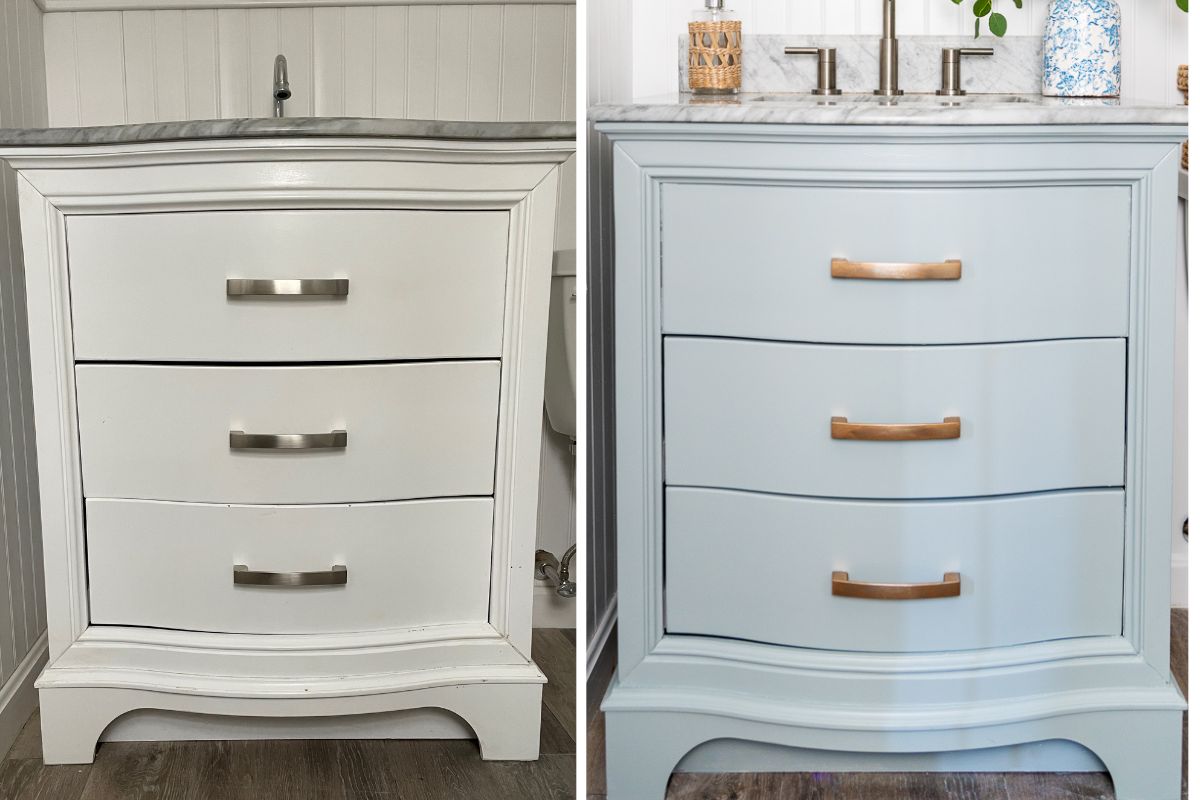
Painting your cabinets doesn’t have to be difficult, especially when you pick the best cabinet paint for the job!
A good paint is essential if you are tackling kitchen cabinets or cabinet doors, where durability and a smooth surface are key, and this truly is the best paint for the job. Once you follow the correct steps, you will be left with a professional-looking, factory-smooth finish.
After years of tackling different types of painting projects, I can say I’ve tried all the different types of paint with varying levels of success. Spoiler: straight-up latex paint was a disaster, don’t do it!
And from all of the years we spent remodeling our homes on a tight budget, I can honestly say that painting kitchen cabinets is a bit of an undertaking, but it can completely transform even the most outdated kitchen or bathroom cabinets.
What to Know Before Painting Cabinets
- This is a high-touch zone that will be chip or peel if the job is not done correctly.
- The correct primer is essential, as is (obviously) the correct type of paint. You’ll need to use a bonding primer. I recommend Benjamin Moore® Stix® Waterborne Bonding Primer.
- The application method doesn’t make a difference in the long run – sprayer, roller or brush.
- Allowing ample curing time is THE MOST important step if you want to paint to last.
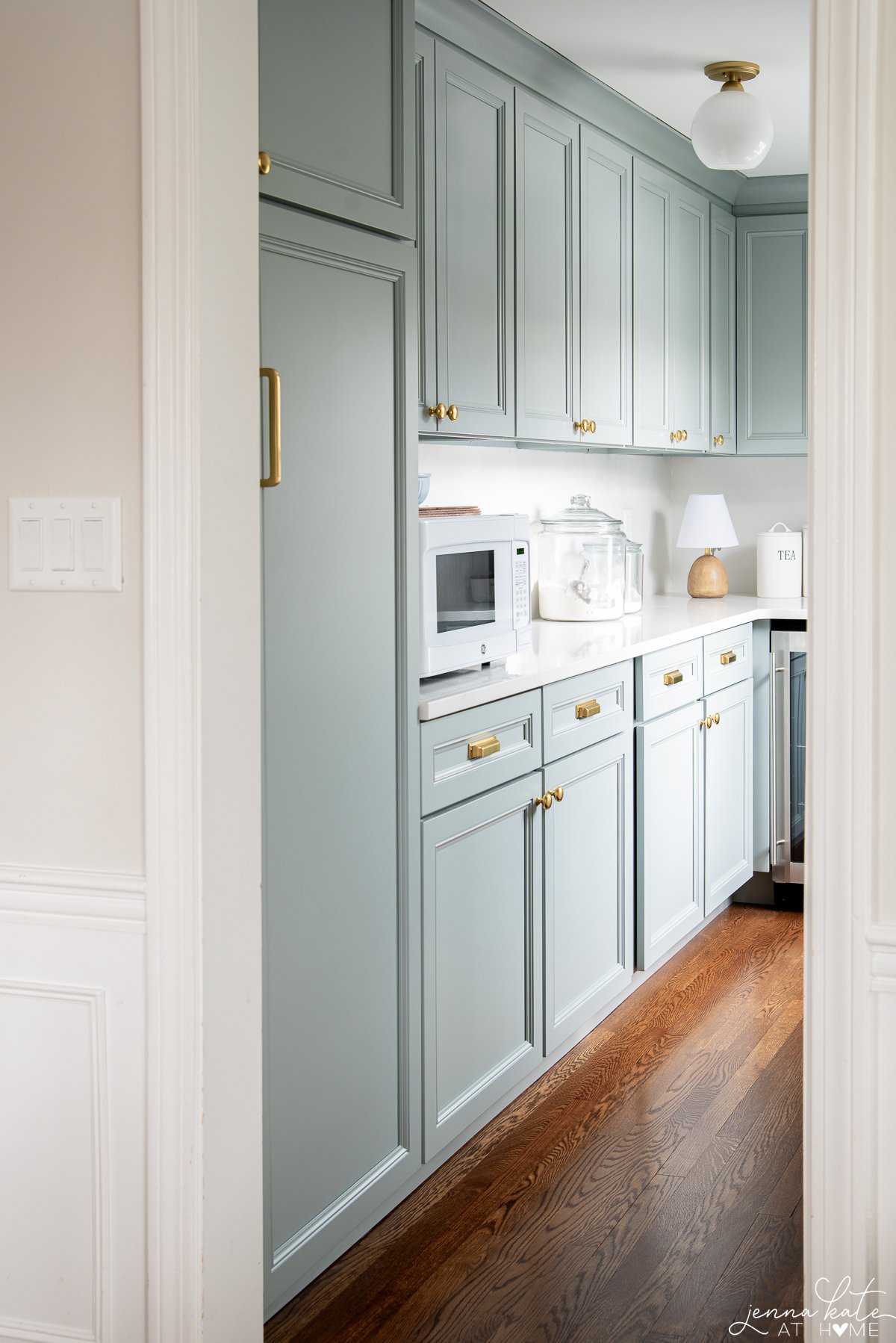
Why Choose Benjamin Moore’s Advance Alkyd Paint?
Benjamin Moore’s Advance is the best choice for several reasons:
- Durability: It’s a durable paint, perfect for daily use in kitchens or bathrooms.
- Professional Finish: This paint offers a luxurious, professional finish – something even professional painters appreciate. It comes in high-gloss, semi-gloss, or satin finishes, all providing excellent leveling and minimal brush strokes.
- Ease of Use: Unlike traditional oil-based paints that need a lot of prep work, Advance Alkyd Paint is user-friendly, making it a great choice for both beginners and seasoned DIYers.

I’ve used Benjamin Moore’s Alkyd paint on three different projects and I’ve had excellent results both times. Sherwin Williams Urethane Trim enamel comes in a close second, but I’ve found the self-leveling (no brush strokes!) of the Benjamin Moore Advance to be just that bit better.
Benjamin Moore Advances vs Sherwin Williams Urethane Trim Enamel
Another option for cabinet painting is Sherwin Williams Urethane Trim Enamel. When I painted the cabinets in our old kitchen (in our current home) this is what I used.
While the end result was good, I didn’t find it as easy to work with and it left some brush stroke marks.
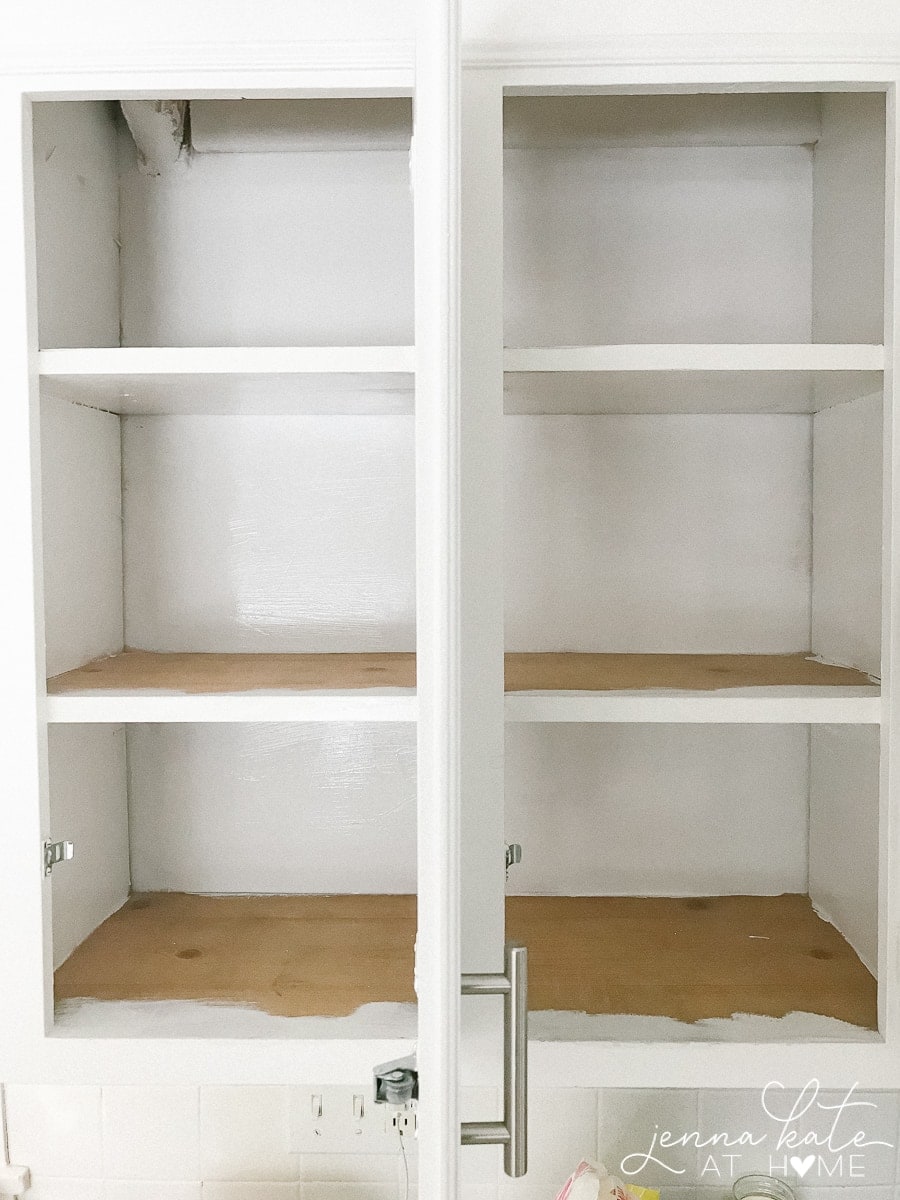
While Sherwin Williams Urethane Trim Enamel is a popular choice for many DIYers and professional painters alike, I personally prefer Benjamin Moore’s Advance Alkyd Paint for my projects. After using the Urethane Trim Enamel on my kitchen cabinets and then using the Advance Line on my bathroom vanity, I found that the Advance line has superior leveling for a smoother surface and a more professional finish, especially when using a foam roller or paint sprayer.
The durability and overall quality of Benjamin Moore’s product, in my experience, make it the best choice for kitchen and bathroom cabinet renovations.
Why Alkyd Paint is Like Oil Paint But Better
Alkyd paint is a hybrid that combines the best of oil-based and water-based paints. It gives you the durability and smooth finish of oil paint, but with easier cleanup and lower volatile organic compounds (VOCs), making it a healthier choice for your home.
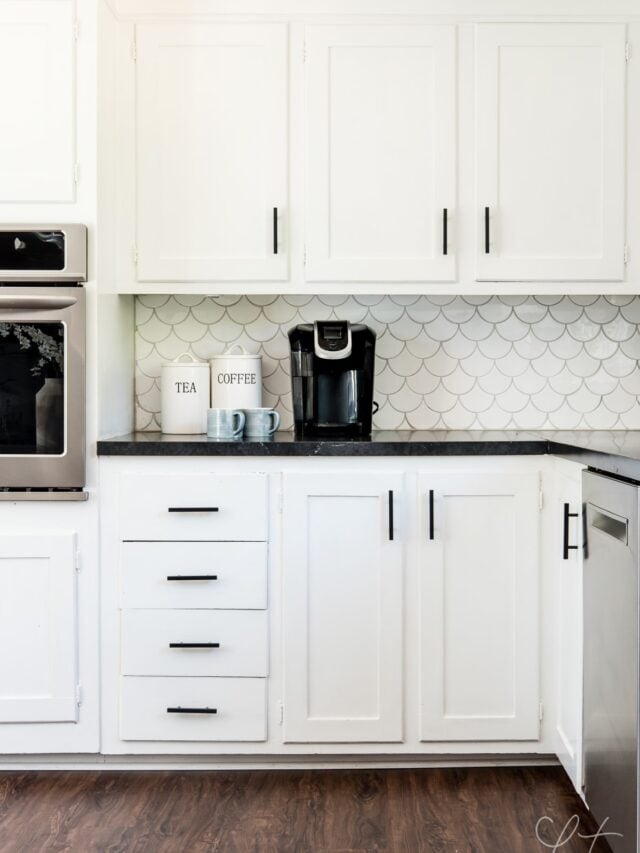
Using a Paint Sprayer or Roller for Cabinets
Whether using a paint sprayer for great coverage or a foam roller for convenience, both methods work well with Benjamin Moore’s Advance. The paint’s self-leveling property ensures a smooth finish, regardless of the application method.
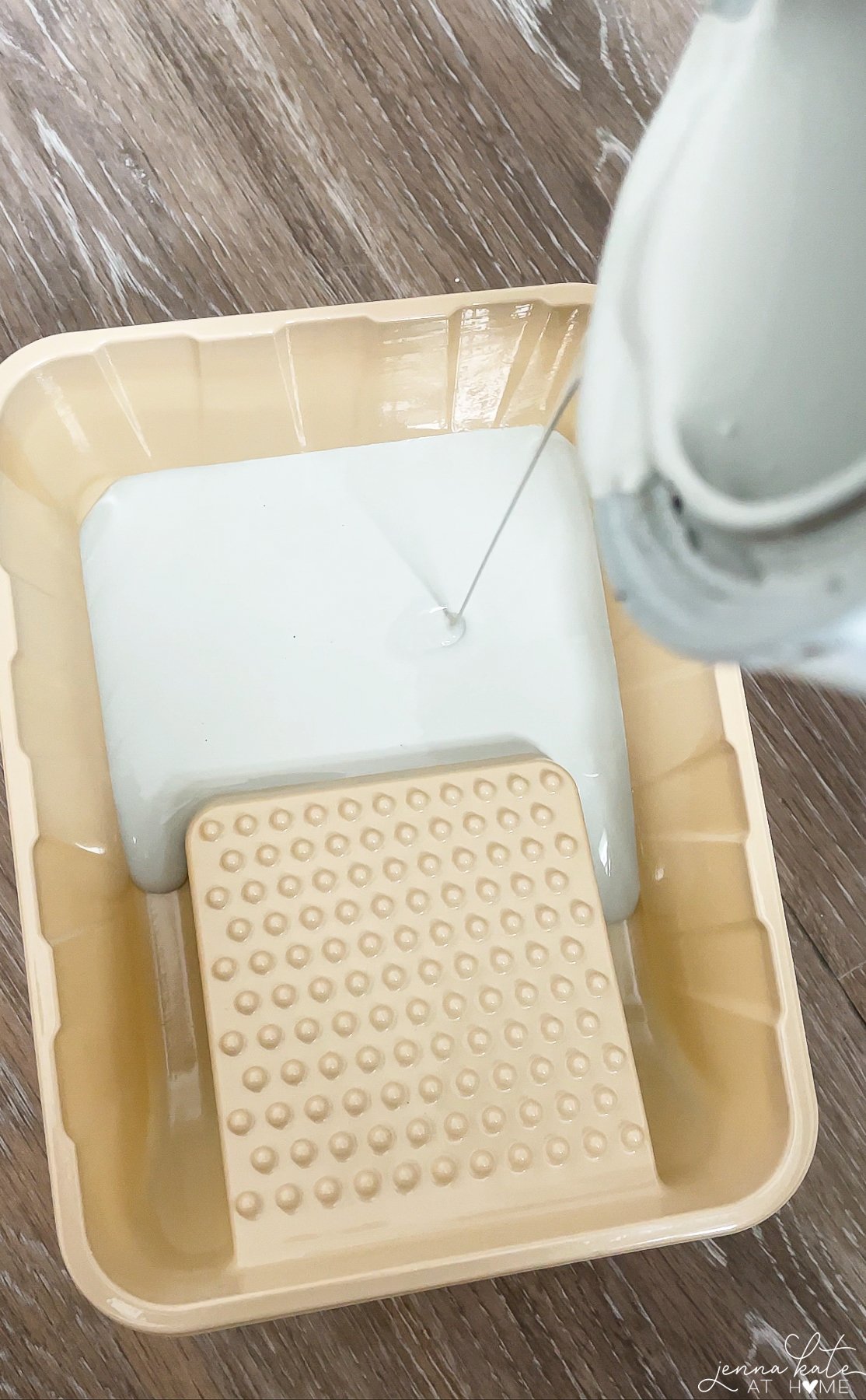
To Prime or Not to Prime
If you’re painting over raw wood or stained wood cabinets, using a shellac-based primer like Bin from your local paint store or Home Depot is a good idea. It ensures no bleed-through and creates the perfect surface for the paint.
My Application Tips for the Best Results
- Use the Right Tools: High-quality tools like Purdy brushes or rollers are essential for a smooth application. For an even more professional finish, a paint sprayer is an excellent choice.
- Sand in between Coats: The paint makes the grain of the wood swell and rise, so it’s important to lightly sand with a fine grit sandpaper between in coat. You do not sand the final coat.
- Apply a Second Coat: A fresh coat of Benjamin Moore’s Advance Alkyd Paint after the first coat has dried for 24 hours ensures even coverage and durability. Depending on the color and type of cabinets, a third coat may be needed.
- Allow Proper Drying Time: Patience is key for the best finish. Let the paint dry thoroughly between coats, and allow 2-3 weeks for it to properly cure to a rock-hard finish.
FAQ’s
No, you do not need a top coat with an alkyd paint nor if you’re using something like Sherwin Williams Urethane Trim Enamel. These paints will cure to a rock hard finish.
Unless you’re a professional painter, chances are you’ll mess up somewhere. Don’t worry! Sand down the imperfections and paint over it. It’ll blend just fine.
White cabinets are classic and will never go out of style, but there’s so many other options that you can consider if you’re looking for the perfect kitchen cabinet paint color.
Final Thoughts
Choosing Benjamin Moore’s Advance Alkyd Paint for your kitchen or bathroom cabinets is an investment in your home’s beauty and functionality.
This hybrid alkyd enamel paint is the right paint for any cabinet painting project. With its ease of use, professional finish, and durability, it stands out as the best kitchen cabinet paint brand, offering a new look and great results for your entire kitchen.

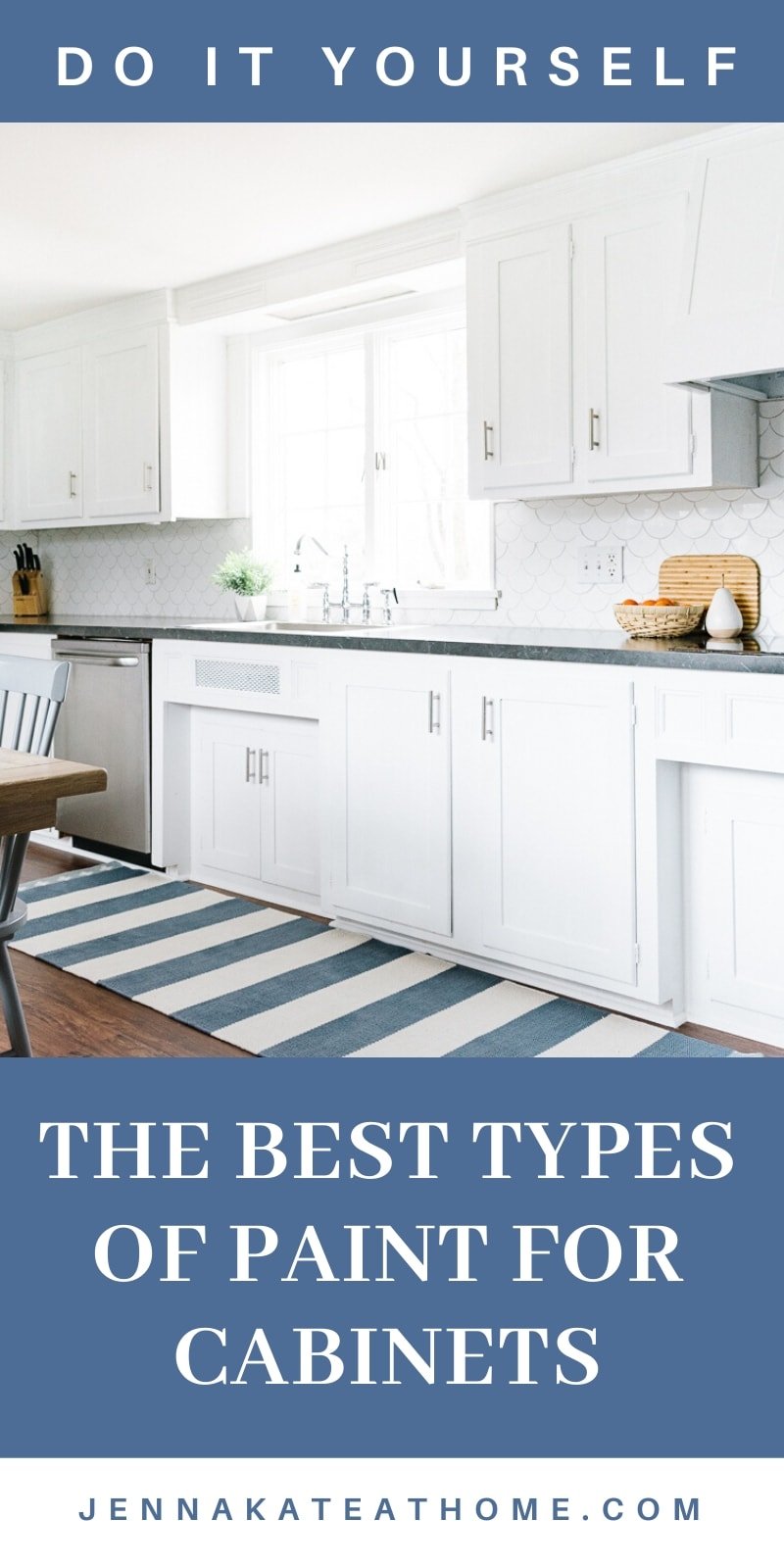
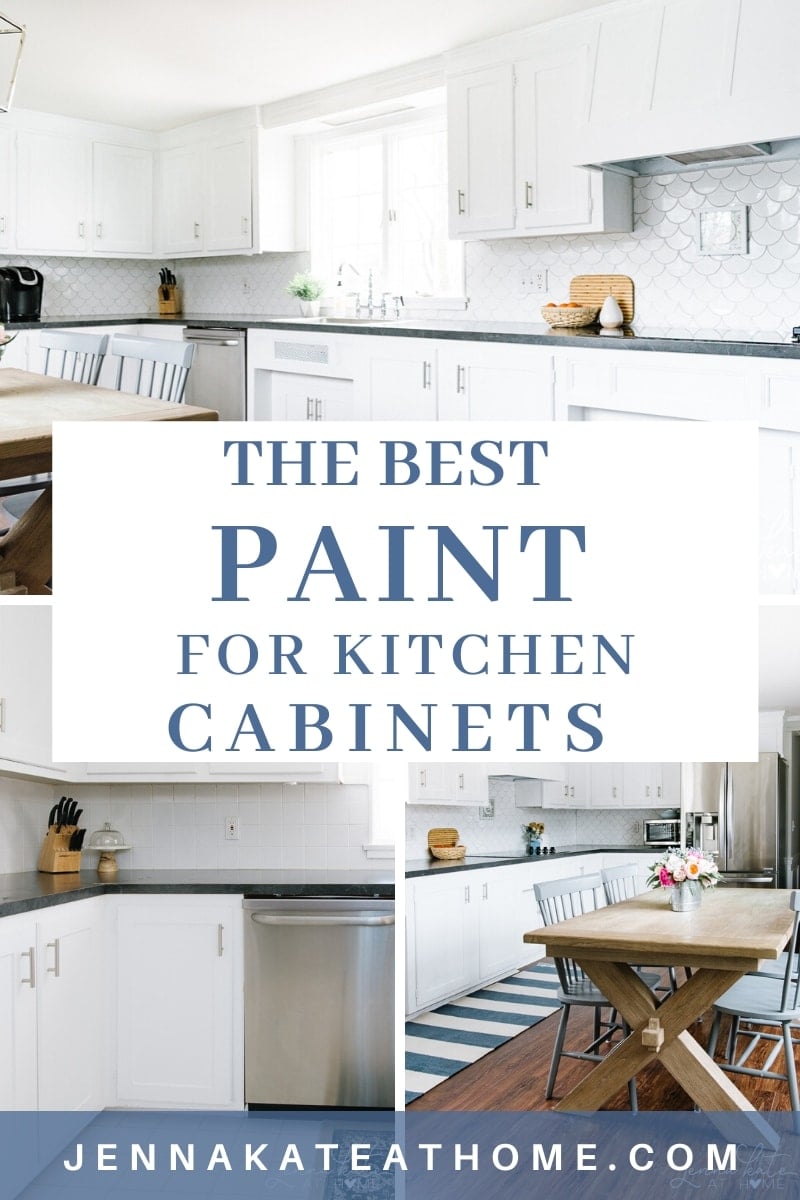
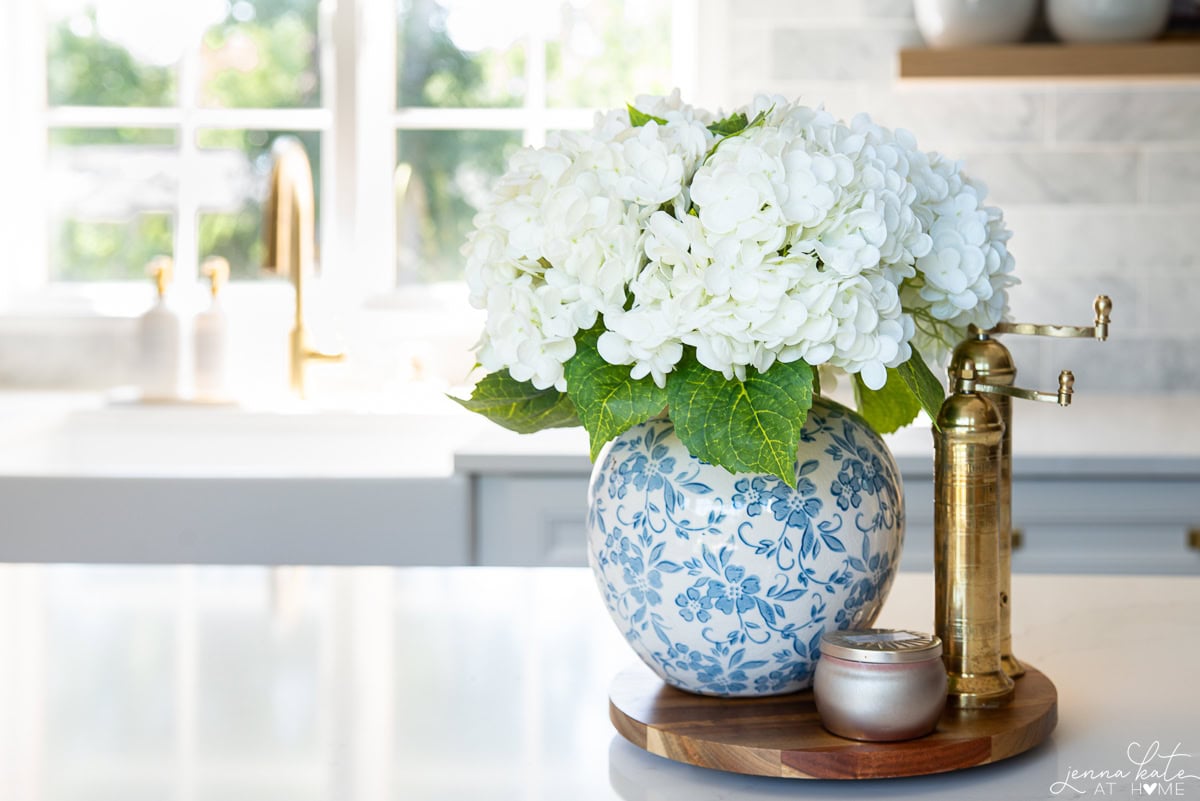



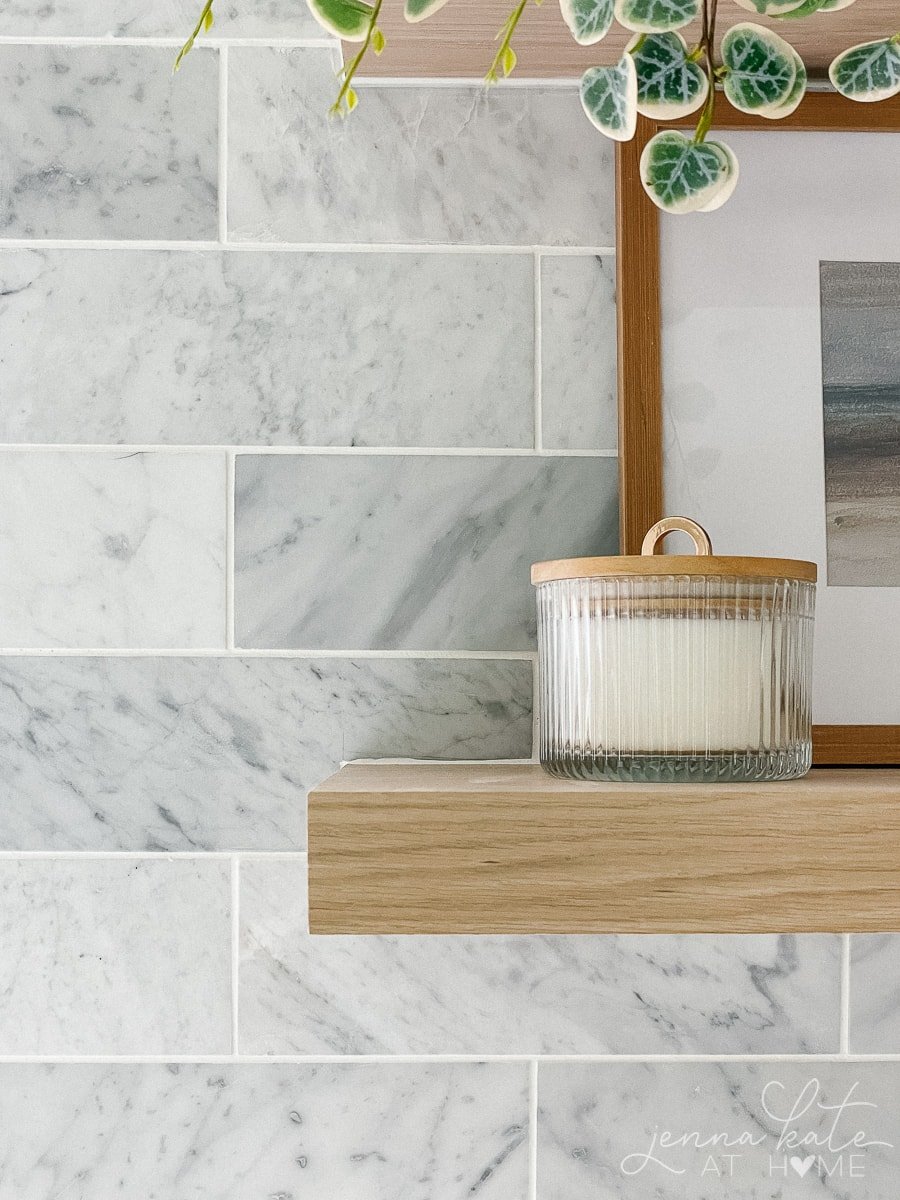
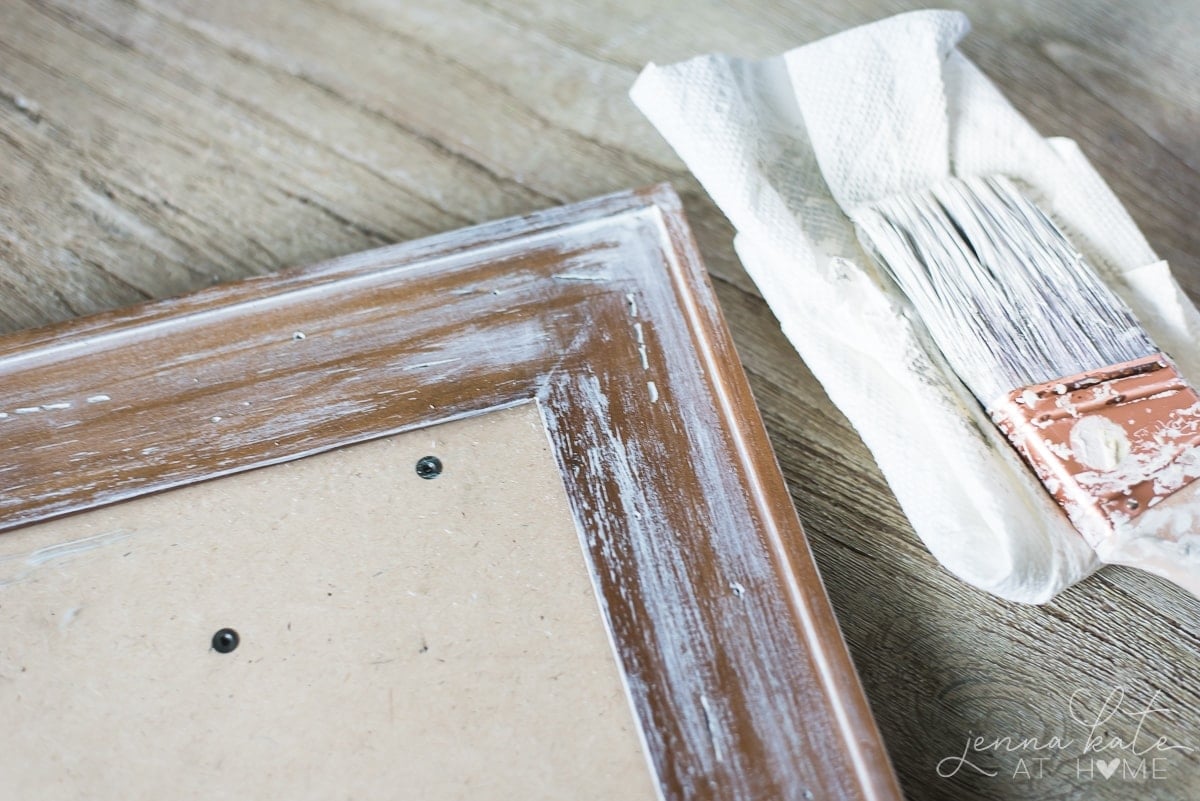
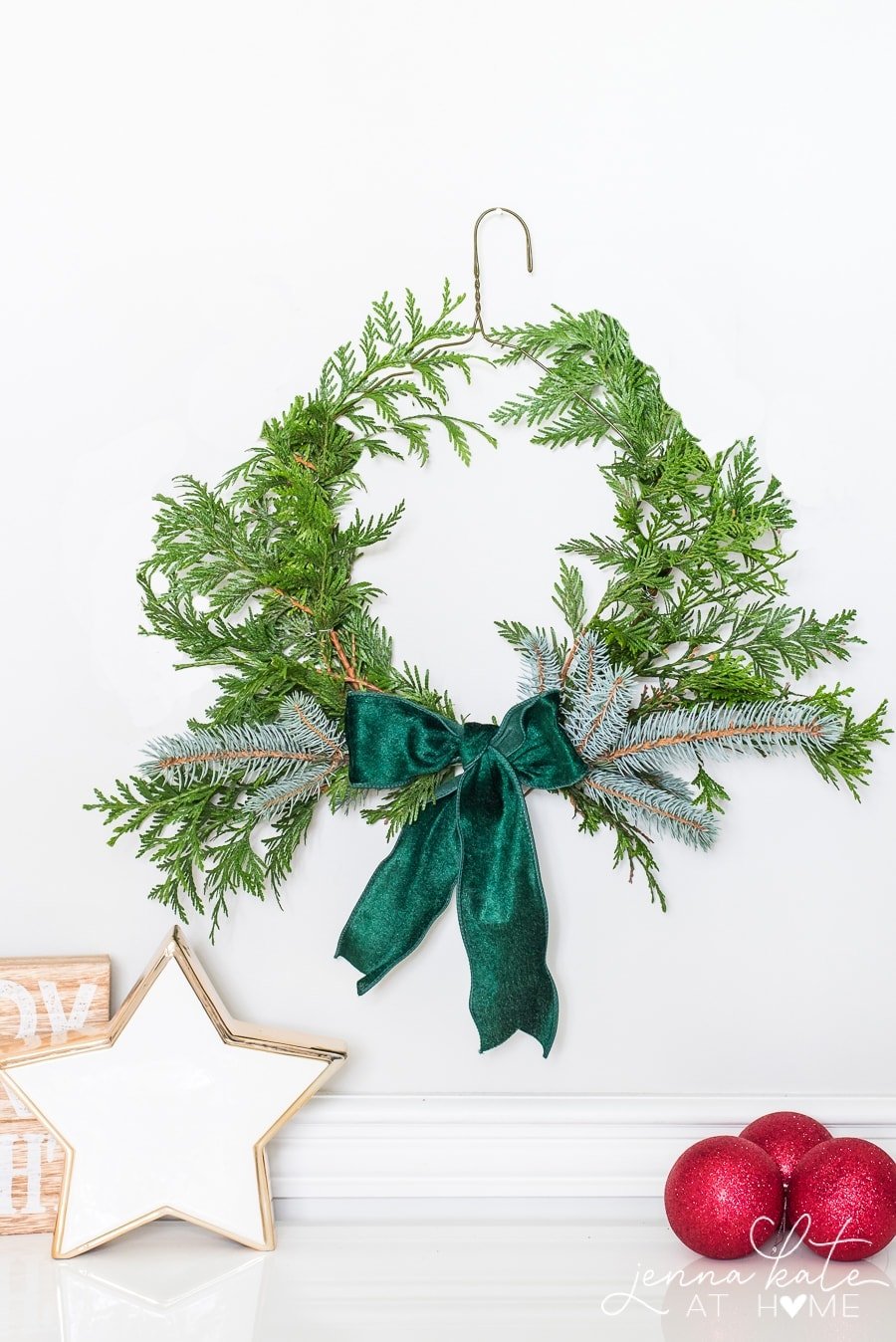
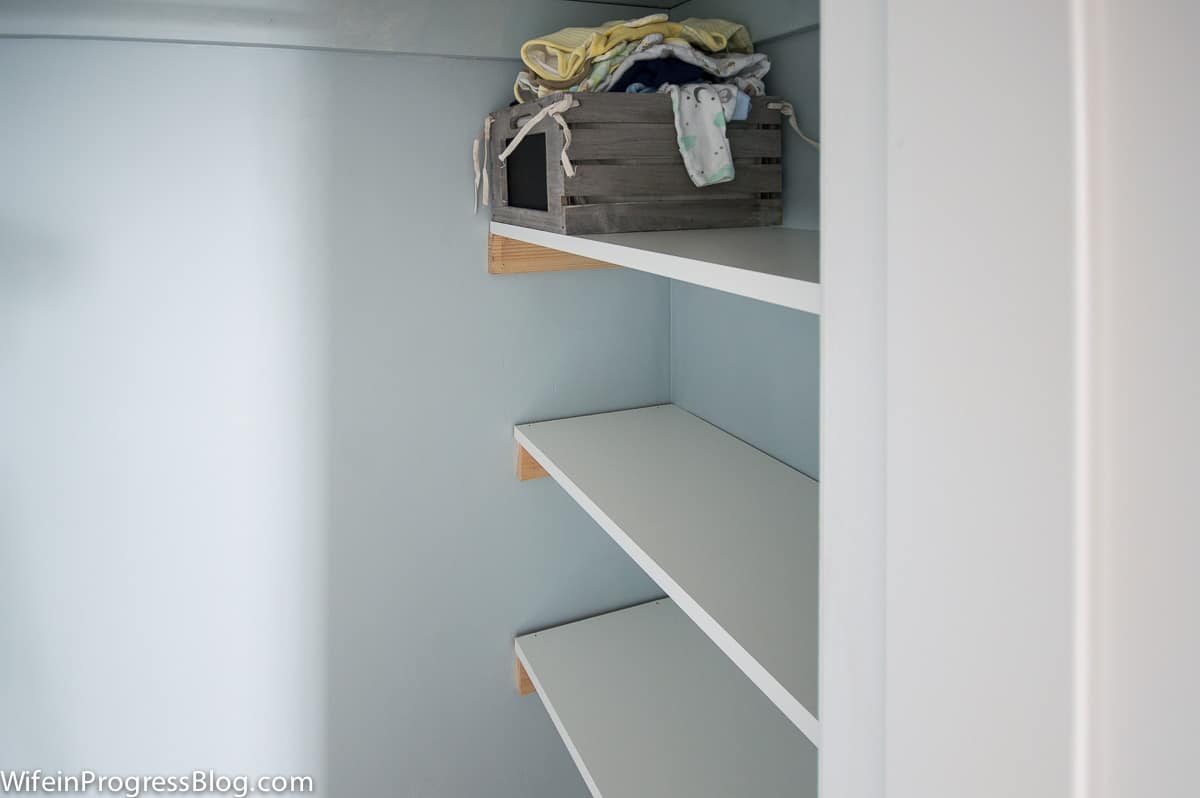
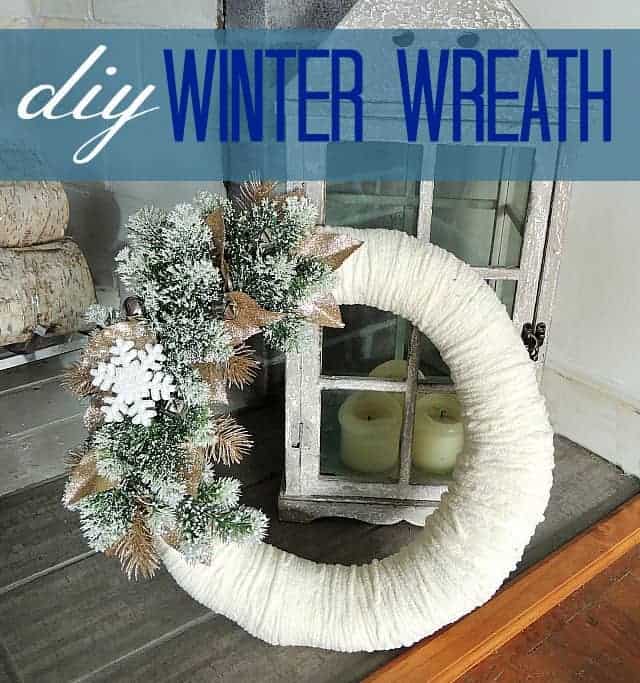
Jenna, the paint can in your photo shows a SATIN finish. Is this your recommendation for a bathroom vanity? I thought a gloss finish would make for easier cleanup.
Thanks!
Terry
Hi Terry, satin is what is generally used on cabinets and vanities. You could go semi-gloss if you want, but I would never recommend high gloss.